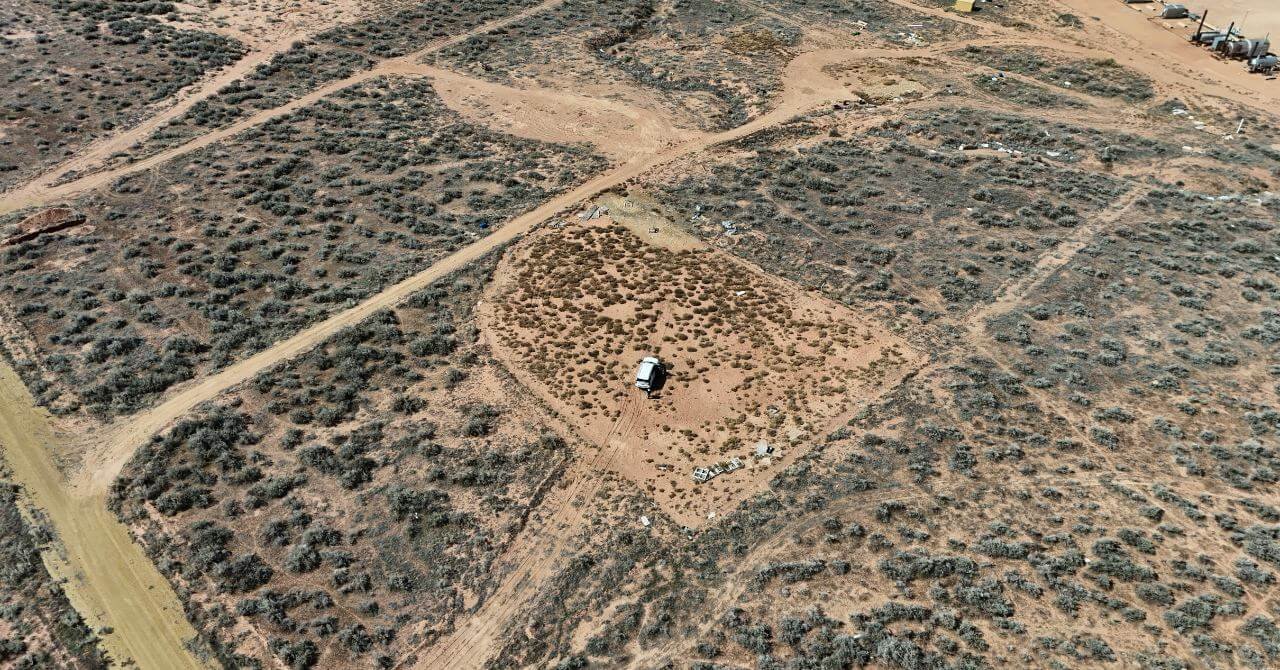Raw Land vs. Improved Land: What’s the Difference?
If you’re looking to buy land in Utah, one of the first questions to consider is whether to purchase raw land or improved land. Each option comes with different costs, timelines, and responsibilities. Knowing the difference helps you avoid common surprises and choose land that fits your long-term goals.
At Mountains West Ranches, we specialize in raw land throughout Duchesne County, Fruitland, and other parts of Utah because it offers buyers flexibility, lower costs, and room to grow.
What Is Raw Land?
Raw land is untouched land in its natural state. It has not been cleared, graded, or connected to utilities like water, power, or sewer. It usually doesn’t include driveways, fencing, or permanent structures.
Key features of raw land:
No utility hookups (water, sewer, electricity)
Natural vegetation and terrain
May require clearing or grading
Often more affordable per acre
Ideal for recreation, off-grid living, or long-term investment
Why buyers choose raw land in Utah:
Many of our buyers want land to use for camping, hunting, RV parking, or future development. Raw land provides a blank canvas with fewer restrictions and lower holding costs. With A5 zoning common on our properties, buyers can typically build, farm, or simply hold the land as a long-term asset.
What Is Improved Land?
Improved land has been developed in some way to make it ready—or closer to ready—for immediate use. Improvements may be small (like clearing or fencing) or major (like full utility connections or driveways).
Examples of common land improvements:
Grading or excavation work
Installed septic system or well
Power lines or utility access nearby
Road access or gravel driveways
Small structures or cleared building sites
Improved land can save time if you’re planning to build a home right away or need infrastructure already in place. However, it’s typically priced higher and may include improvements you don’t need or want to change later.
Raw Land vs. Improved Land: What’s the Right Fit?
Choosing between raw and improved land depends on what you plan to do with the property and how quickly you want to use it.
Choose Raw Land If You Want:
Lower upfront costs
More control over improvements and development
A long-term investment strategy
Freedom to use the land for camping, hunting, or recreation
To qualify for greenbelt tax savings through agricultural use
Choose Improved Land If You Need:
Utilities already installed or nearby
A faster path to building a home
Less initial site work
Land that’s ready for full-time use right away
Why We Focus on Raw Land in Utah
At Mountains West Ranches, we offer raw land with legal road access, flexible zoning, and in-house financing—because it helps more buyers get started. Our properties typically range from 5 to 40 acres, many of which allow:
Camping and RV use
Agricultural activities
Building cabins or modular homes
Holding land long-term with low taxes and no HOA
We also offer no-credit-check land financing to help buyers get started without needing a bank loan.
What to Consider Before You Buy
If you’re leaning toward raw land, it’s important to plan for:
Water access: Hauling, drilling, or using storage tanks
Power: Off-grid solar vs. nearby electrical hookup
Septic or sanitation: Permits for a future system
Access: Year-round roads and driveways
We walk all buyers through these considerations to help them feel confident in their purchase. Whether you’re looking to live off-grid, build a getaway spot, or invest for the future, raw land gives you the flexibility to grow at your pace.
Start with the Right Property
Raw land isn’t for everyone—but for those who want independence, space, and long-term value, it’s one of the most powerful assets you can own. If you’re unsure whether raw land or improved land fits your goals, we can help you talk through your options.
Contact us here to speak with our team or browse current listings to see what’s available.



